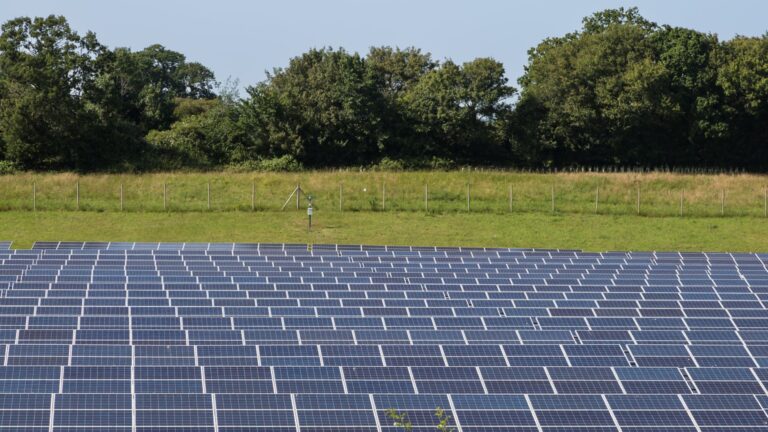
The quarter was also characterised by record high solar generation, the largest wind output ever seen in a second quarter, and generally high renewable generation which caused an increased number of negative day-ahead prices across Europe.
New report
These were the key highlights of a new report on the European electricity market from energy data analyst, Montel Analytics.
Fossil fuel generation totalled just 131.9TWh across the quarter – the lowest quarterly aggregate of fossil fuel generation on record which represents a drop of more than 24% compared with Q2 2023. Both gas and coal saw similar falls of 27% and 28% respectively, while lignite declined by 12%.
Solar output totaled 86.2 TWh across the quarter, a 15% increase on Q2 2023, while wind generation climbed to 107.6TWh, 9% higher than in Q2 2023.
Demand across Europe continued its generally downward trend, and the ongoing build-out of solar and wind capacity along with a lack of demand-side response caused the number of hours in which the day-ahead price fell to or below €0/MWh to increase substantially compared with previous quarters.
There was also a slight recovery in gas prices across the quarter. The average TTF price of €31.49/MWh was a 15% increase on the €27.45/MWh recorded in the first three months of this year. This increase can be attributed to several factors, including escalating tensions in the Middle East affecting shipments of liquid nitrogen gas (LNG), an earlier-than-expected stop in Russian gas flows to Austria, and reduced supplies from Norway due to maintenance at production facilities.
Key drivers
Jean-Paul Harreman, director at Montel Analytics – which is part of the Montel – said: “The biggest declines in gas-fired generation were observed in the UK (8.42TWh), Italy (8.22TWh), France (6.84TWh) and Germany (5.60TWh). Germany saw the biggest fall in coal output (2.37TWh), while Poland (1.38TWh), Italy (1.29TWh) and the Netherlands (1.27 TWh) also saw substantial decreases. The key drivers behind this trend include higher renewable generation and steady demand.
“The increase in solar output is notable because in large solar generation markets such as Germany and Netherlands, the utilisation rate of solar (MWh generated per MW installed capacity) was at its lowest level since 2015. High wind generation can be attributed to increased capacity and weather conditions, with the biggest rises observed in the UK (3.8TWh), Germany (2.1TWh), Poland (1.5TWh) and Belgium (1.3TWh).
“Instances of negative pricing are becoming more common. Record levels of negative price periods in Germany, Netherlands, Finland and parts of the Nordics are not unusual. Spain and Portugal have seen negative prices for the first time in 2024; starting from April, over 600 prices at or below zero have been observed so far in Iberia this year. Prices in other markets have also frequently been at or below zero levels, with Italy as another stand-out region. As renewables push conventional power out of merit during the solar peak, the need for fossil generation and imports has also increased the price spread between solar peak and evening peak considerably.”
Increased volatility
Mr Harreman also highlighted a general trend of increased volatility across Europe.
He said: “As quarterly reports tend to look at totals and averages, the underlying volatility remains hidden for a large part. Markets across Europe are seeing higher volatility across the board due to several reasons. These include the impact of renewables on baseload generation from fossil fuels, causing sharp ramps and variable cross-border flows, and interconnection limitations. Power flows are changing in size and direction, which means the grid cannot always transport all power that is generated, causing local tightness or oversupply (Iberia/France, France/Belgium & Germany, Austria/Balkans). There are also IT-related issues; power exchanges and market coupling mechanisms deal with an ever-increasing load of data and calculations. Any failure significantly impacts prices, with market parties being exposed to a risk they cannot easily mitigate or manage. Several IT-related issues have caused massive price differences in Germany, Austria and the Balkan region.”
Renewables (biomass, hydro, wind, solar and waste) accounted for a record 55.7% of overall European power generation in the second quarter of 2024. Nuclear (23.4%), gas (11.1%), coal/lignite (9.4%), oil (0.3%) and peat (0.1%) made up the rest.
Image credit: